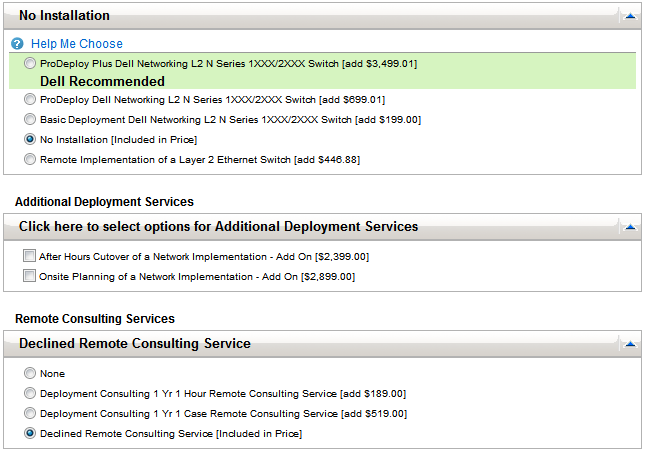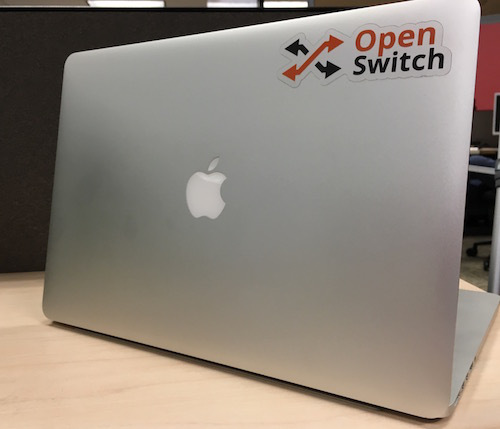0
Next up in IoT: The Internet of shirts and shoes
Some clothes already hang out on the Internet. Pharrell Williams’s hat has its own Twitter account, as does Mark Zuckerberg’s hoodie. Your clothes could be next to get online identities, though it won't make them famous.IoT startup Evrythng is teaming up with packaging company Avery Dennison to give apparel and footwear products unique identities in Evrythng’s software right when they’re manufactured.The companies have high hopes for the Janela Smart Products Platform, seeing a potential to reach 10 billion products in the next three years. The system could put a simple form of IoT into the hands of millions of consumers who weren’t even shopping for technology.To read this article in full or to leave a comment, please click here
 You can choose options for ‘rack and cable’ basic deployment or more comprehensive
You can choose options for ‘rack and cable’ basic deployment or more comprehensive  It's a post-PC world.
It's a post-PC world.
 Mesosphere leads the charge with Microsoft, HPE, Cisco, and EMC support.
Mesosphere leads the charge with Microsoft, HPE, Cisco, and EMC support. Making OpenStack easier, box by box.
Making OpenStack easier, box by box.